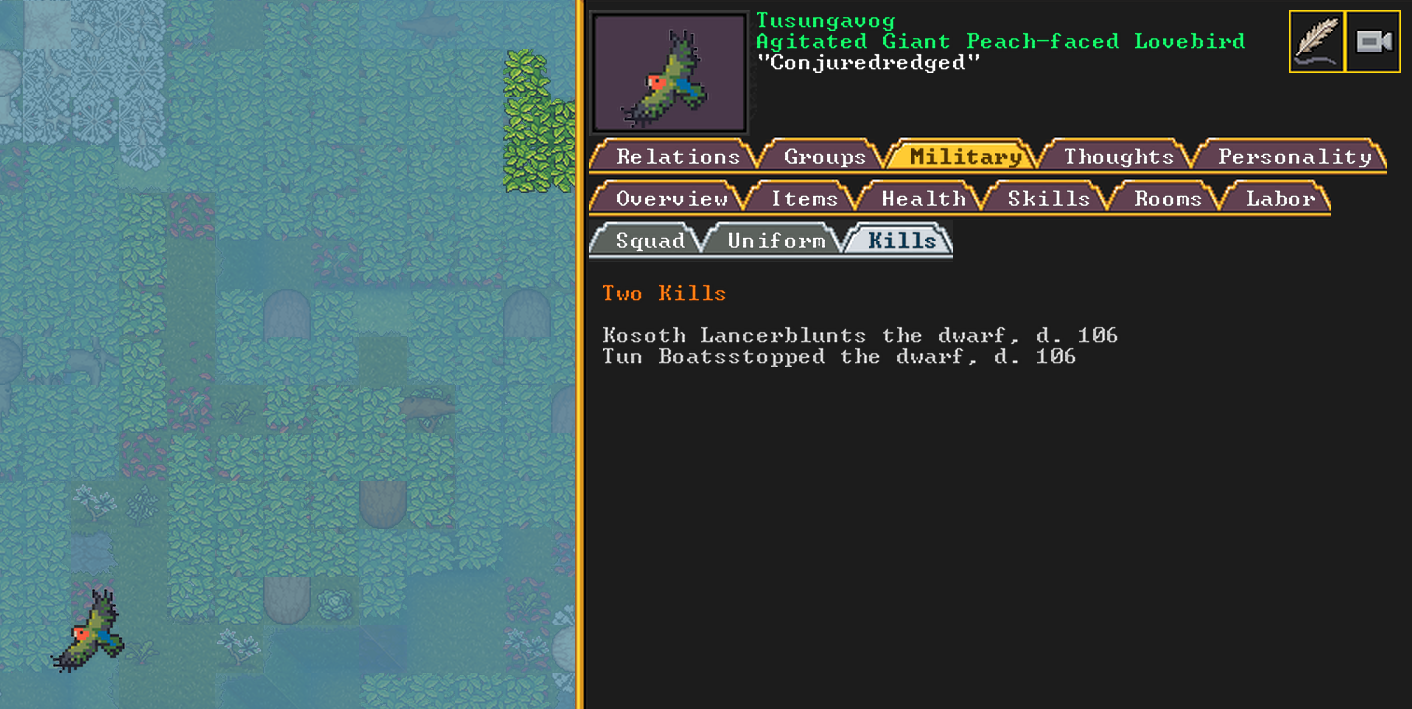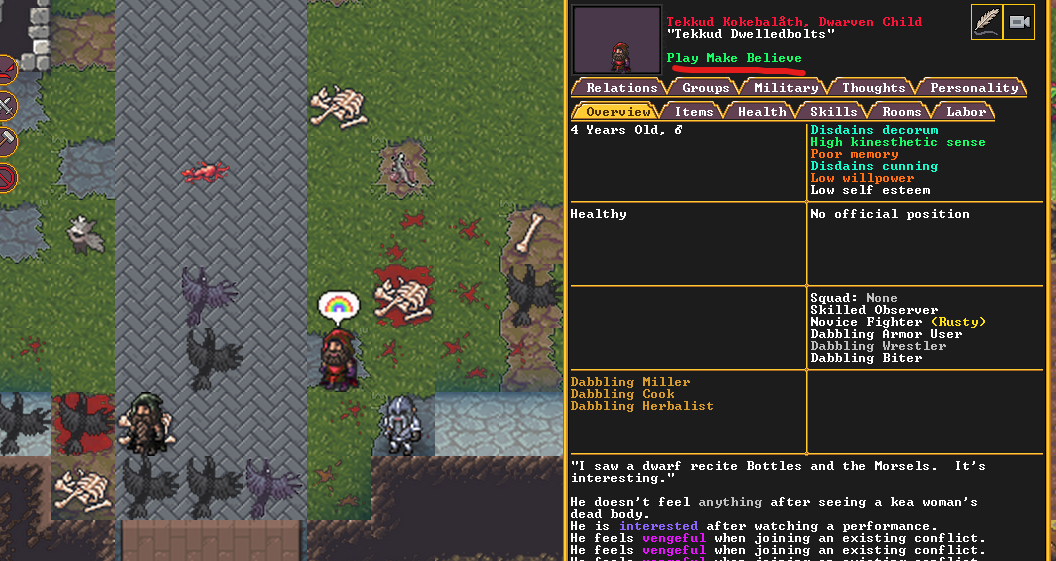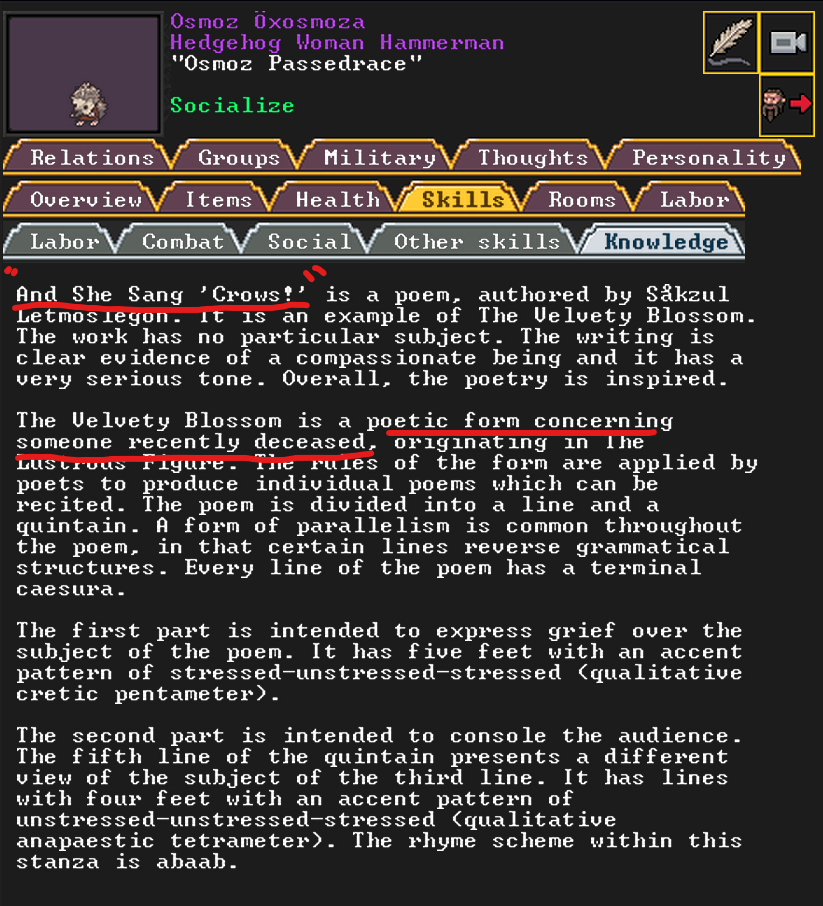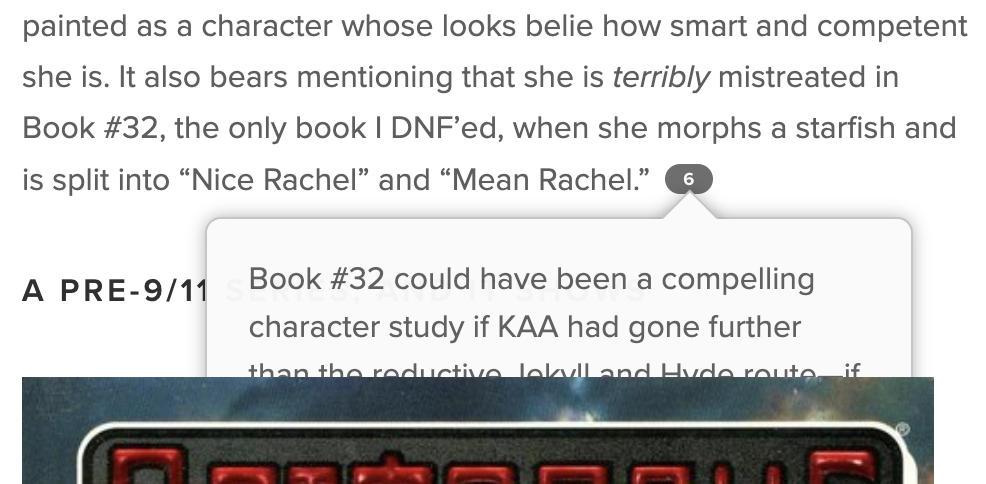Beyond Survival: Strategies and Stories from the Transformative Justice Movement by Leah Lakshmi Piepzna-Samarasinha (Editor), Ejeris Dixon (Editor) (AK Press, 2020)
★★★☆☆
Collection of articles/essays/interviews covering the history, theory, politic, and praxis of transformative justice, sometimes positioned as a community-based “alternative”* to prisons and policing.
*Note that contributor and abolitionist Mariame Kaba explicitly denounces this positioning and the binary it implies, calling transformative justice “an ideology, a framework, a political vision, a practice […] to shift and transform our relationships to allow us to build the conditions under which we will no longer need prisons and surveillance and policing” but positing that an institutional “alternative” to the prison-industrial complex, itself an institution of oppression conflating different harms, is impossible, and a trap of thinking.
This is a bit of a hard one to rate because on the one hand, it is undoubtedly an important and pioneering collection, but on the other, it is disjointed in a way that made it difficult for me, a person who is already interested in transformative justice (TJ), to derive learning from. It almost felt like it should have been two (or more) books. Some of this is reflected in the subtitle, “Strategies and Stories.” There has been an editorial decision in this book to position accounts of TJ in practice (successful and otherwise) alongside reflections on the movement’s history and struggles. While I think both are necessary, I didn’t find myself able to take away much from either with the way they were presented here.




